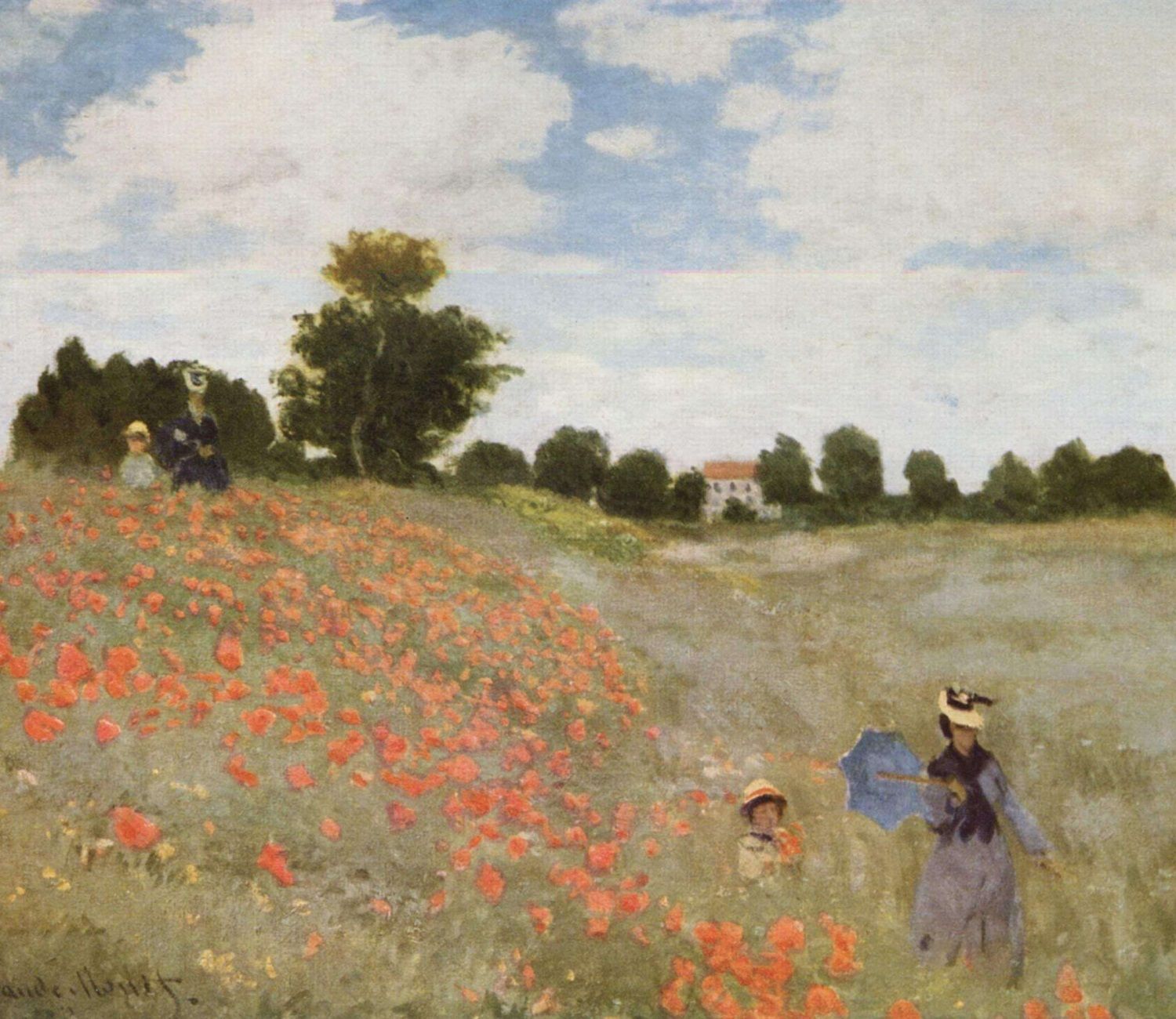In Depth
Impressionism explained by Bisgart

In the second half of the nineteenth century, some painters, who were friends, decided to break with the academic patterns of the past, lefting their studios and begining to paint in the open air, "en plein air".
Impressionism
a✔️ the triumph of colors and light
b✔️ speed of the sign and absence of the line
c✔️ shadows are no longer black: they become simply less bright
d✔️ drawing preparation is no longer necessary
e✔️ absence of contours and bright colors simply put together
f✔️ use of easel to paint outside and use of tube colors
g✔️ reality is painted as it is perceived by the eye: emotions are painted
h✔️ fusion of object, space and atmosphere
i✔️ absence of details
In the second half of the nineteenth century, some painters friends decided to break with the academic patterns of the past, they left their studios and began to paint in the open air, "en plein air".
They weren't understood and they were strongly criticized by the art critics. For example, LOUIS LEROY said that their works made a negative IMPRESSION. So, IMPRESSIONISM, the movement's name, was born.
The first exhibition of their paintings was in 1874 in the studio of Félix Nadar, but it didn't go well.
Only the economic support of a very keen entrepreneur, PAUL DURAND-RUEL, who bought over the years 12.000 paintings, allowed the survival of these artists.
Impressionism artists irreversibly changed painting: we can make a few names to understand their importance: MONET, MANET, PISSARO, DEGAS, RENOIR, SISLEY, PAUL SEZANNE, BAZILLE.
They loved to reproduce natural landscapes, everyday life, big cities, interiors, theaters and cafes.
They were brave men and their artistic current lasted until the first decades of the twentieth century, influencing and giving life to other artistic experiences.




